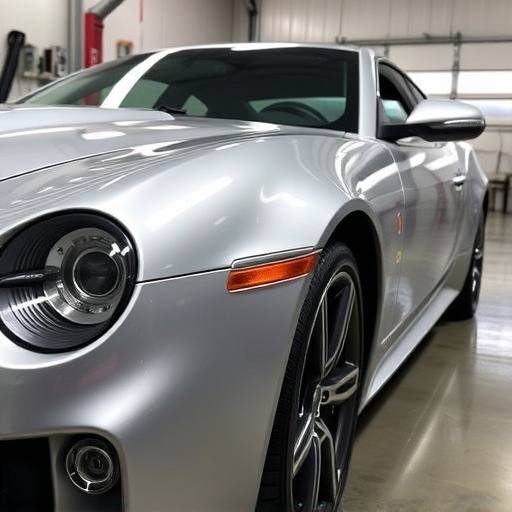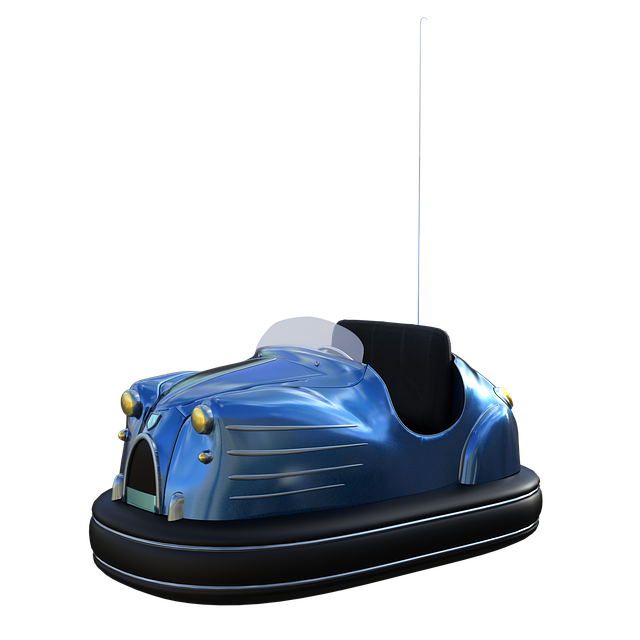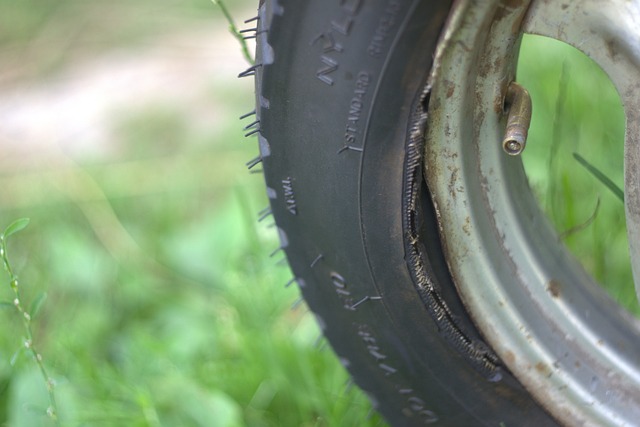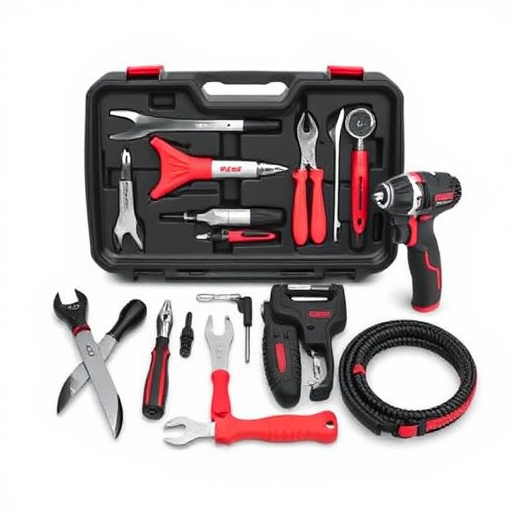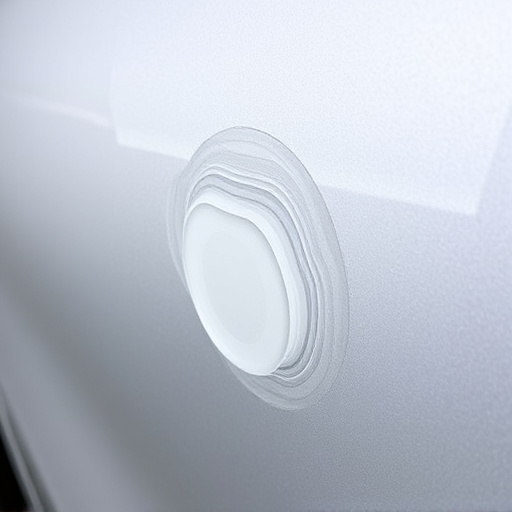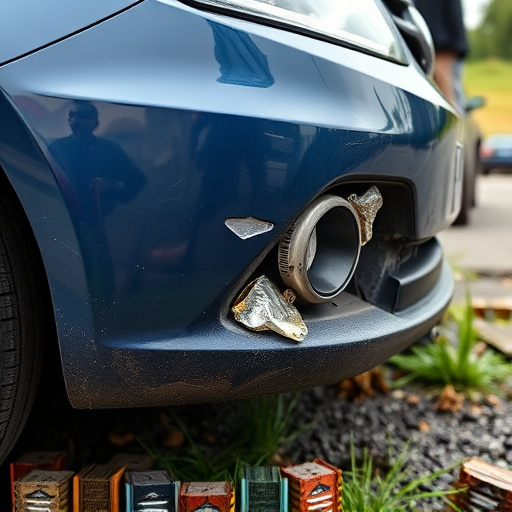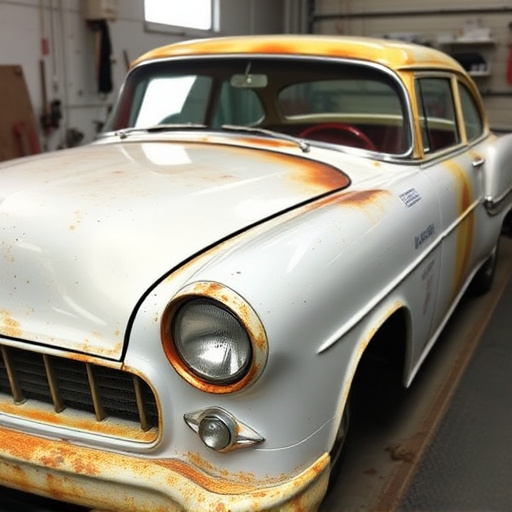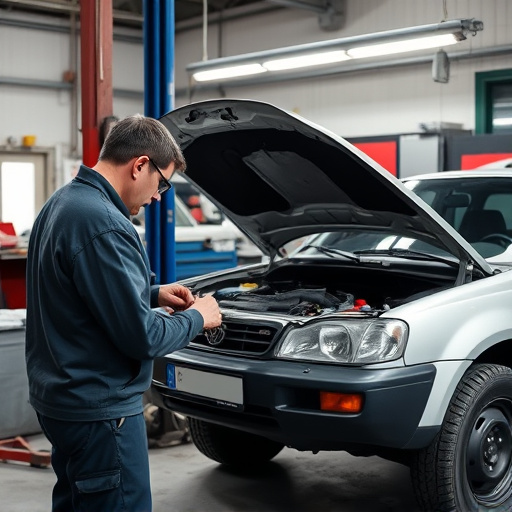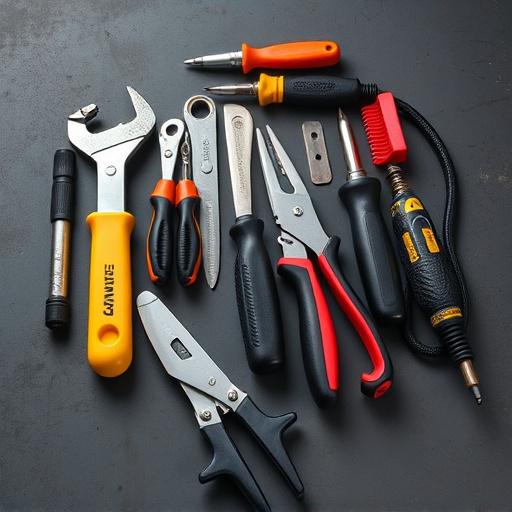Choosing OEM vs aftermarket parts for plastic bumper cover repairs influences both cost and quality. OEM parts ensure superior compatibility, durability, and aesthetics but are pricier. Aftermarket parts offer lower costs, DIY options, and broader availability but may vary in quality and require more frequent replacements. For budget-conscious individuals, aftermarket kits can significantly reduce plastic bumper cover repair expenses compared to professional collision repairs.
When it comes to repairing your vehicle’s plastic bumper cover, understanding the distinction between Original Equipment Manufacturer (OEM) and aftermarket options is crucial. This article delves into the key differences between these two types of repairs, focusing on quality, cost, and durability. By comparing OEM versus aftermarket solutions for plastic bumper cover repair, drivers can make informed decisions to ensure their vehicle’s protection without compromising aesthetics or investing excessively.
- Understanding OEM vs Aftermarket Quality
- Cost Comparison: Budget-Friendly Options
- Durability and Warranty Considerations
Understanding OEM vs Aftermarket Quality
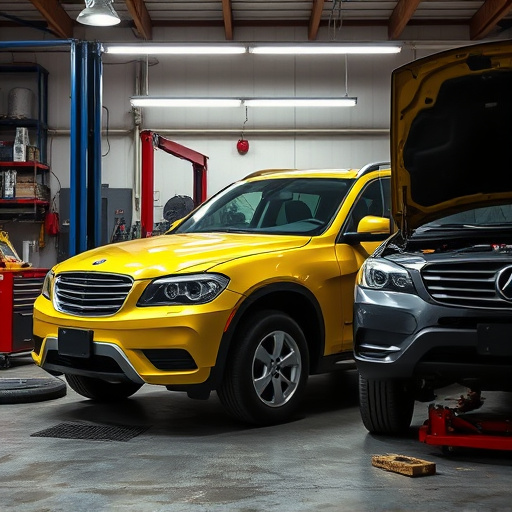
When considering plastic bumper cover repairs, understanding the distinction between Original Equipment Manufacturer (OEM) and aftermarket parts is paramount. OEM parts are specifically designed and manufactured by the vehicle’s producer, adhering to their exact specifications and quality standards. These parts are typically made from high-quality materials and are guaranteed to fit seamlessly with your vehicle’s make and model. On the other hand, aftermarket parts are produced by third-party manufacturers and may not always meet the same rigorous standards. While they can offer a more affordable option, the quality might vary, potentially leading to issues with compatibility or durability in automotive collision repair.
In auto maintenance, choosing the right bumper cover repair parts is essential for ensuring long-lasting vehicle body repair. Aftermarket options may be readily available and cost-effective, but their lower quality could compromise the overall integrity of your car’s exterior. Conversely, OEM parts provide a more reliable and consistent solution, although they might come at a slightly higher price point. In terms of vehicle body repair, selecting the appropriate materials is crucial to maintaining both the aesthetics and structural integrity of your vehicle.
Cost Comparison: Budget-Friendly Options
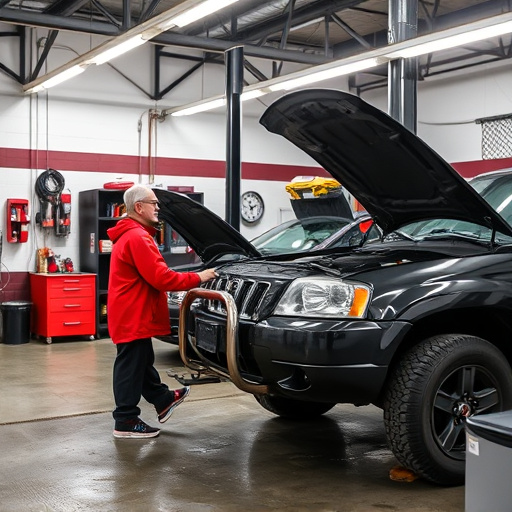
When comparing the costs of plastic bumper cover repairs, it’s essential to consider the budget-friendly options available, especially for those aiming to avoid significant expenses. In many cases, aftermarket repair kits offer a more economical solution compared to OEM (Original Equipment Manufacturer) replacements. Aftermarket parts are often less expensive due to their generic nature and availability from various retailers, making them accessible to a wider range of consumers. These kits typically include all the necessary tools and materials for a DIY approach, allowing car owners to perform the repairs themselves and save on labor costs.
For instance, a simple plastic bumper cover crack repair using an aftermarket kit might cost only a fraction of what a mercedes benz collision repair at a car body shop would incur. Auto body repair professionals often charge premium rates for their services, especially for more intricate damage. By opting for an aftermarket repair kit, individuals can effectively restore their bumper’s appearance without breaking the bank. This cost-effective solution is ideal for those on a tight budget or looking to reduce expenses related to plastic bumper cover repairs.
Durability and Warranty Considerations
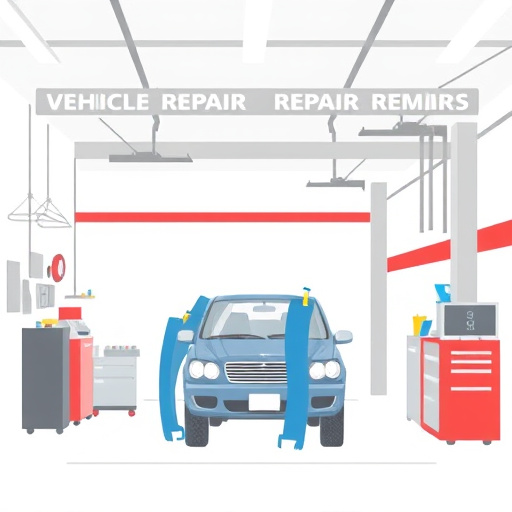
When considering durability and warranty for plastic bumper cover repairs, it’s essential to understand the differences between OEM (Original Equipment Manufacturer) and aftermarket parts. OEM bumper covers are designed and manufactured by the vehicle’s original creator, ensuring they meet specific quality and durability standards tailored to the make and model. These covers often come with manufacturer warranties, providing peace of mind for drivers who value long-term reliability. In contrast, aftermarket covers, while offering a range of styles and prices, may not always match the exact specifications and durability of their OEM counterparts.
Aftermarket plastic bumper cover repairs might require more frequent replacement due to potential material differences and less stringent manufacturing processes. Fleet repair services or auto body repair shops often face this challenge when dealing with aftermarket parts. While they can still provide quality repairs, drivers should be aware that these covers may not offer the same level of protection against impact damage over an extended period, especially when compared to OEM-specified replacements.
When deciding between OEM and aftermarket bumper cover repairs, understanding quality, cost, and warranty differences is key. While OEM parts offer superior durability and a factory-like fit, aftermarkets provide more affordable options without compromising safety. Consider your budget and vehicle’s specific needs before choosing. For top-notch strength and peace of mind, OEM is ideal; for a cost-effective solution with extensive availability, aftermarket parts excel. Efficiently repair or replace your plastic bumper cover using these informed choices.
